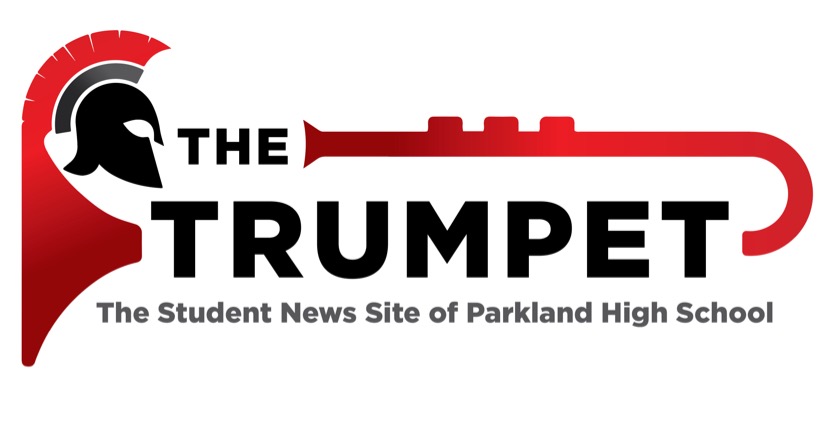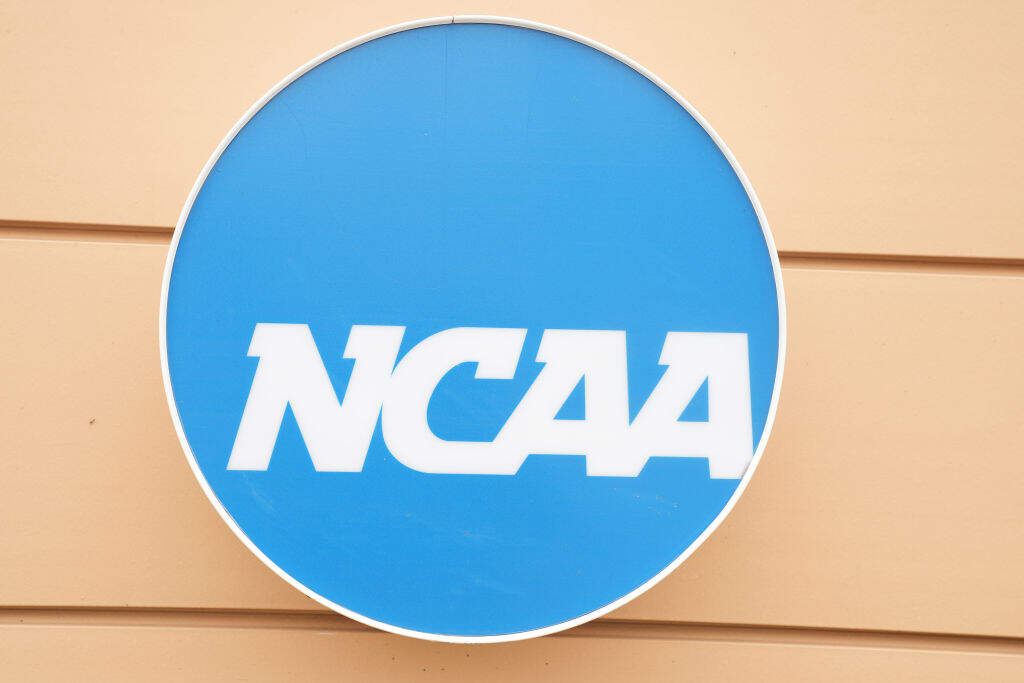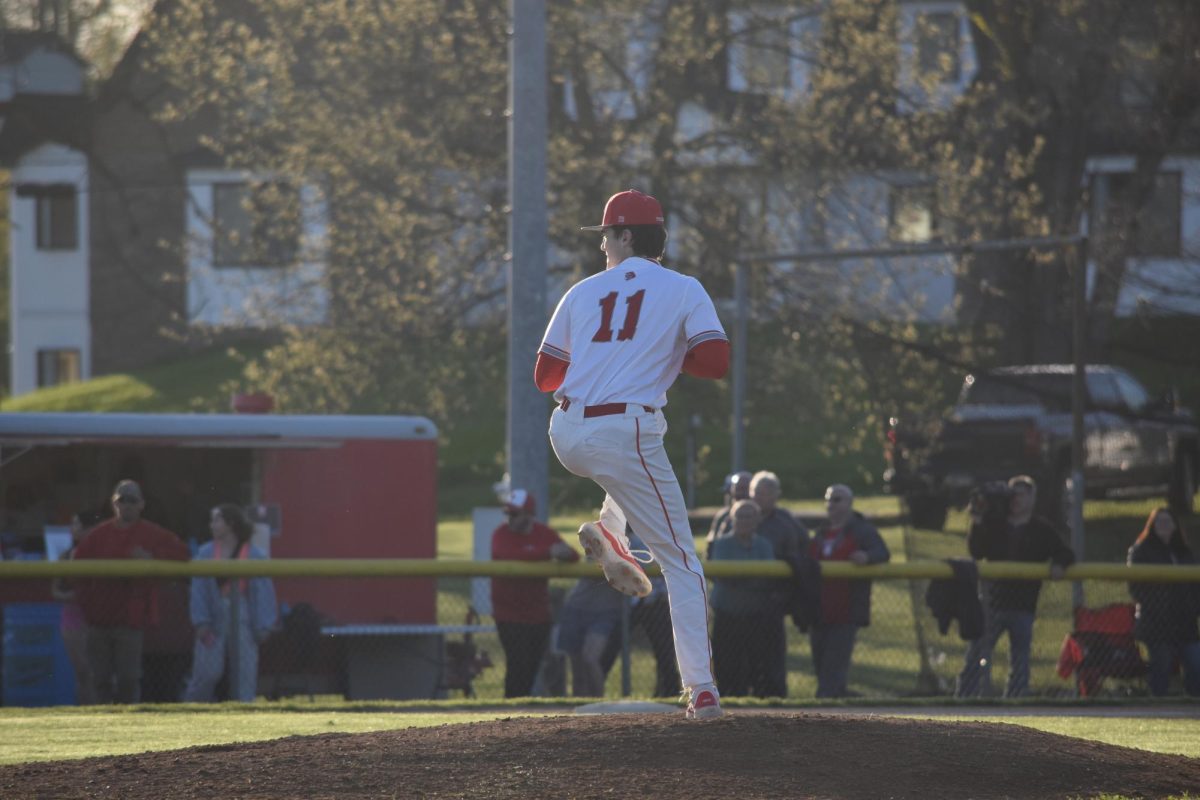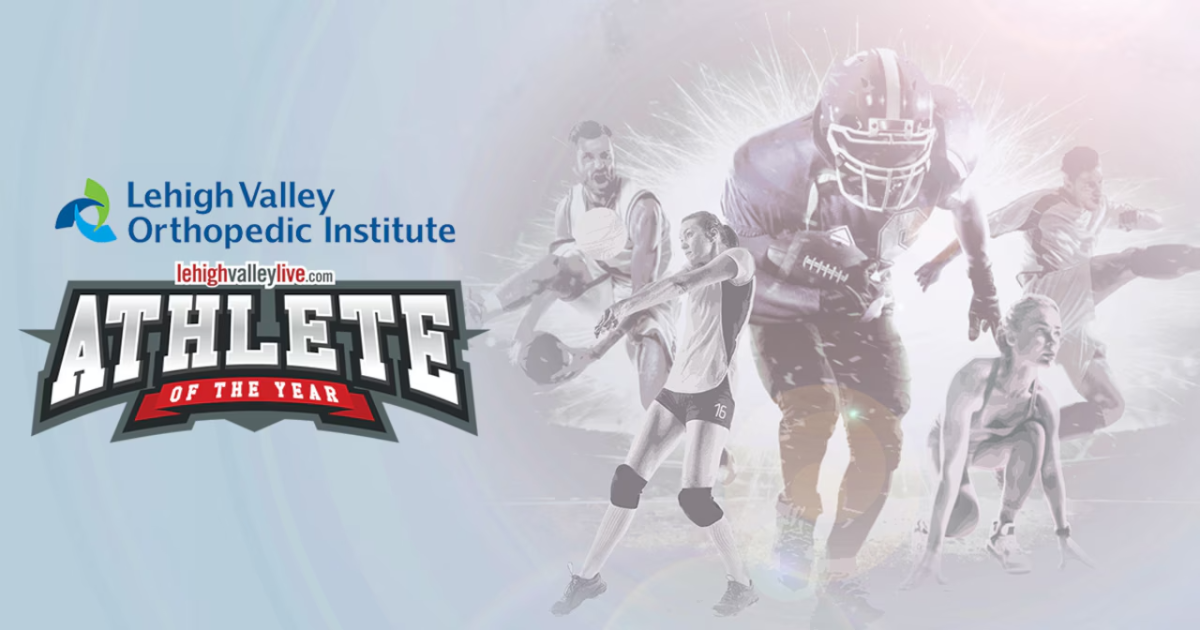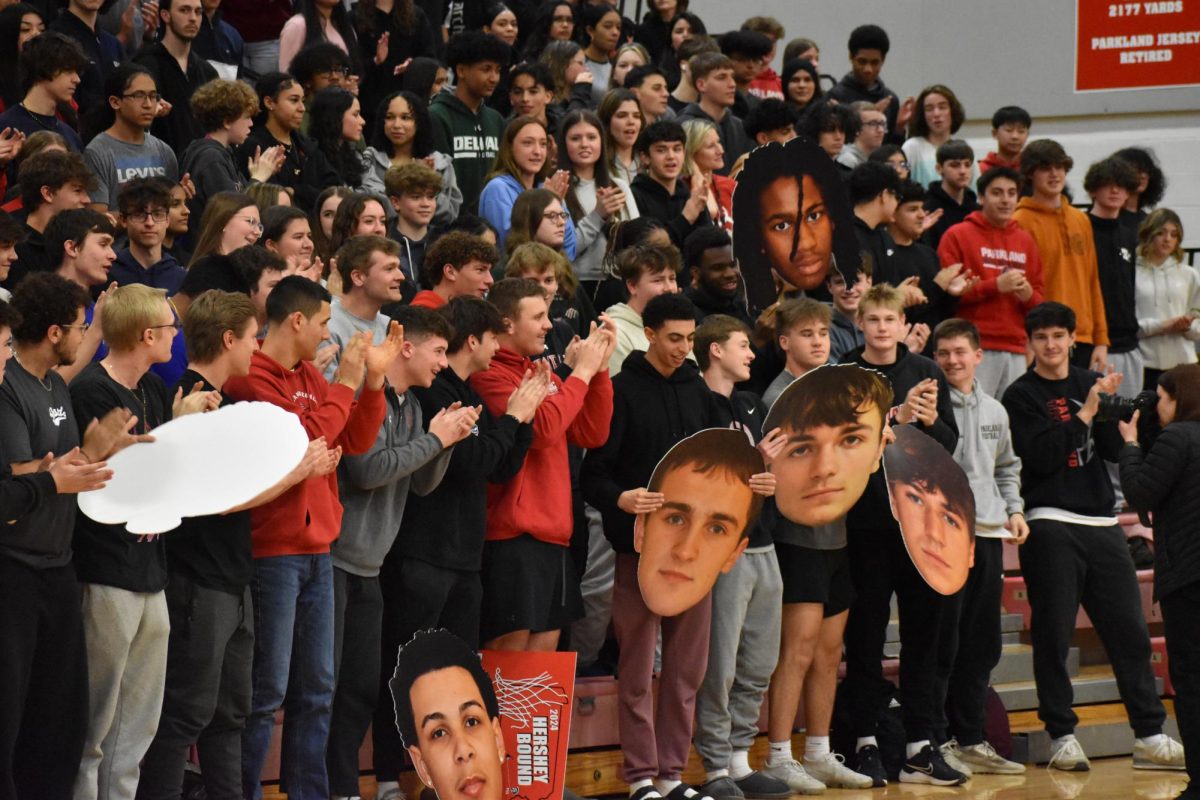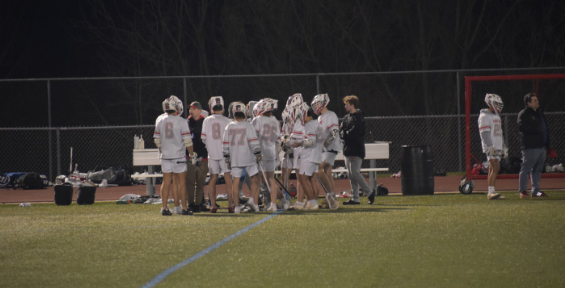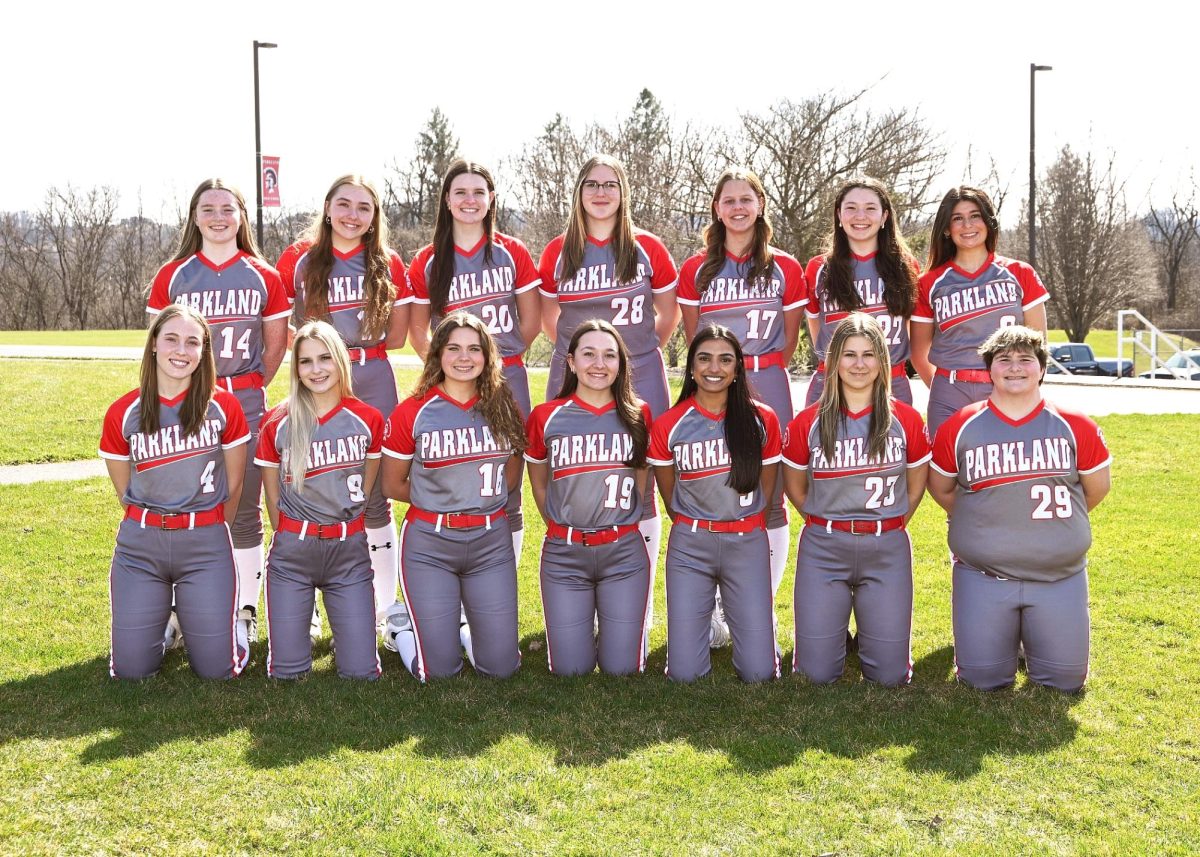In recent years college athletics has transformed into a business, and there is no doubt that college football has changed significantly. The new Name Image Likeness rules, or NIL, and changes to the NCAA transfer portal are the instigators. NIL and the transfer portal have changed everything, from high school football players struggling to find a home because of fifth and sixth-year seniors to the athletes making their college decisions based on where they can make the most money.
NIL went into effect in the NCAA on July 1, 2021. It was created so collegiate athletes could have the ability to make money through their athletic success and endorsement deals. The NCAA was pressured by state legislatures who passed laws that permitted different levels of NIL activity. Before NIL, college athletes lamented how they were not able to profit from their success on the field and the popularity that they had gained. College football players were seeing shirts with their numbers on them being sold, while they were making zero profit and perhaps even struggling financially at the same time. Now at the Division 1 level, top football recruits consider which school would give them the best NIL opportunities. The athlete can build their brand in various ways to become more popular and therefore earn more. It is also rumored that football recruits are being offered money directly to commit to a school. This has forced college football coaches to become even more strategic in their recruiting.
Though NIL has its problems, it is undeniably an amazing opportunity for athletes at the highest level. It is a way for these college football players to be rewarded for their on-field performance, just like NFL players. Athletes who have created a strong media presence and gained popularity also profit from NIL tremendously. It is now quite common for college athletes to host podcasts, participate in commercials, and become active on social media platforms to gain more popularity. It is impressive to see these young adults sign endorsement deals. They essentially have become influencers and entrepreneurs, while also being Divison 1 athletes. Currently, the top five highest-paid collegiate athletes are:
- Bronny James- USC Basketball- 6.1M
- Shedeur Sanders- Colorado Football- 4.1M
- Livvy Dunne- LSU Gymnastics- 3.2M
- Arch Manning- Texas Football- 2.9M
- Caleb Williams- USC Football- 2.6M
It is fascinating to watch athletes work hard to build their NIL platform and benefit from it; however, it has changed how athletes represent themselves and choose where to continue their academic and athletic careers.
The second culprit responsible for the changing landscape of college football is the NCAA transfer portal. The portal has become one of the most controversial topics in college football. It was created six years ago, in 2018, as a way for athletes to move between programs if they were displeased with their current school and program. When athletes want to enter the transfer portal, they must first inform their current program of their desire. Then, the school has two business days to potentially enter the athletes’ names into the portal. Once a player is in, the recruiting process starts all over again for that athlete. There are only two periods of time when an athlete can enter the portal.
This year the portal was open for college football players from December 4th through January 2nd. It is only open for 30 days and if an athlete enters, they are not required to commit to a program during this time. Additionally, there is a 15-day period from May 1 to May 15 when players can enter the portal. Graduate transfers (players who graduated from a four-year school and still have a fifth year of eligibility) are able to enter at any time. This has made the portal incredibly useful for graduate transfers and is the reason they are the highest users of it. Players who entered the portal used to be required to sit out a year when transferring to a new school. Now, an athlete can transfer once without having to sit out. Consequently, 2,692 college football players across Division 3 to Division 1 entered the portal this year.
Local Lafayette College head football coach, John Troxell stated, “I do think the landscape has changed at the highest levels: the high-level FCS (Football Championship Subdivision), D1, and D2. Athletes are going into the portal with expectations and nothing happens. At Lafayette, a lot of kids are not going in or coming out because the academics are so high quality. When you look at the portal numbers, a lot of them are grad transfers which is great for the kids who are trying to extend their play. It’s hurting high school kids because they are losing out on spots.”
High school football players’ opportunities to earn scholarships are being decreased due to the coaches also having the ability to recruit players in the portal as well. Coach Troxell admitted it has changed the way he recruits. “The portal has limited the number of high school kids that are going to higher level teams. It has helped FCS with grabbing high-level high school kids. It has given us the opportunity to play at a higher level. We can recruit better players from high schools.”
It has almost become a way for these athletes to be traded to a different team like the NFL. The portal can benefit athletes who transfer to a different level, for example, a Division 3 player transferring to Division 1 or Division 2 or vice versa. It allows the player to compete at the proper level if they feel they are not facing fitting competition.
Undoubtedly, NIL and the transfer portal are amazing tools for college football players, but it has changed the college football landscape into a business. The athletes now have a mindset of making money, switching schools if they aren’t satisfied, and recruiting has become more complex for athletes and coaches. College football has transformed into the minor league of the NFL.
This article previously ran in the April print edition


